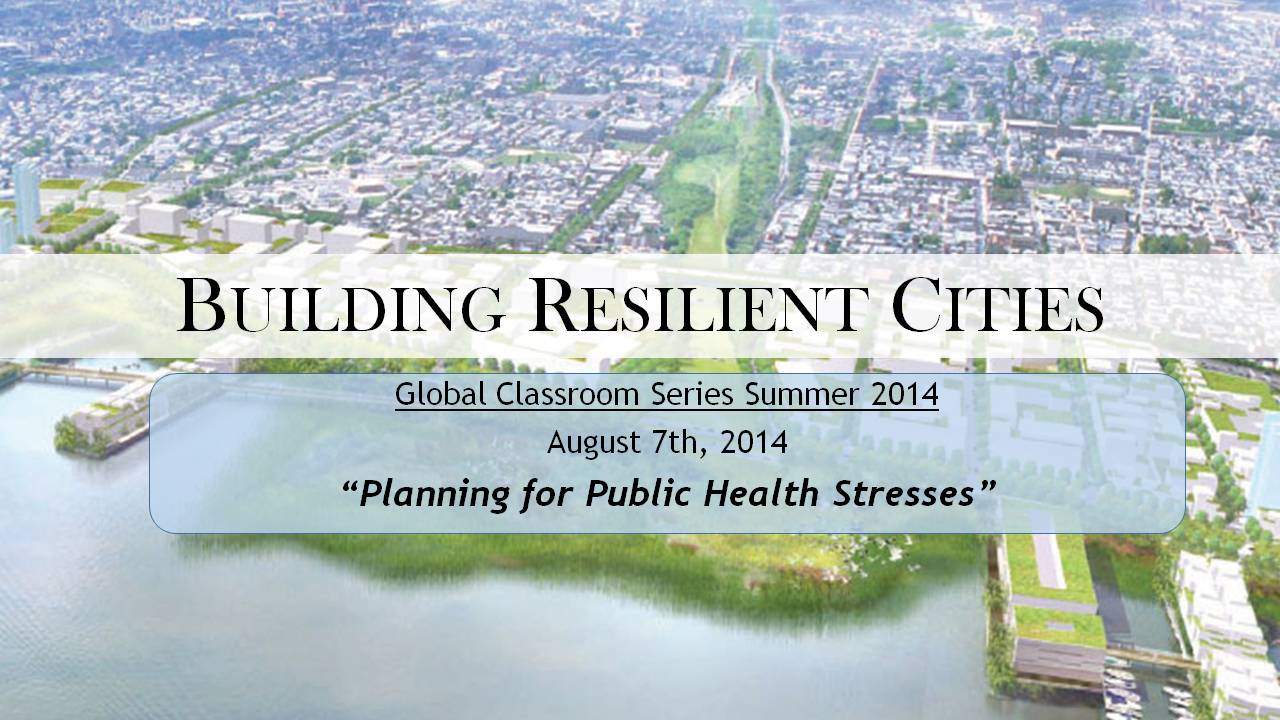 The United States is a leading country in healthcare spending but lacks quality. According to many health organizations’ rankings, the US does not rank high compared to other countries who spend less on healthcare. Various factors such as demographics and diet affect rankings, however, healthcare quality plays a big role. To address this issue, President Obama has adopted healthcare plans from more successful countries and passed the Affordable Care Act (ObamaCare). However, is our healthcare system ready to withstand spikes in demand due to climate change impacts on public health?
The United States is a leading country in healthcare spending but lacks quality. According to many health organizations’ rankings, the US does not rank high compared to other countries who spend less on healthcare. Various factors such as demographics and diet affect rankings, however, healthcare quality plays a big role. To address this issue, President Obama has adopted healthcare plans from more successful countries and passed the Affordable Care Act (ObamaCare). However, is our healthcare system ready to withstand spikes in demand due to climate change impacts on public health?
Climate change driven health risks felt most by San Diego include: air pollution, heat stress, insect transmitted diseases, drought, and wildfires. Motor vehicles are San Diego’s leading source of air pollution and greenhouse gases emissions. We are expected to experience higher temperatures, more intense heat waves, and frequent wildfires. Recent 2014 wildfires have caused pollution and produced many health risks to nearby residents. High temperatures could increase the threat of insect transmitted diseases such as encephalitis and Malaria. Nearly all watersheds we draw from are affected by drought. These impacts have disturbed human health from respiratory illness to insect borne disease, to dehydration from water scarcity.
Assessing which populations are most susceptible to climate change helps us understand the magnitude of these risks. Elderly and children are the most at-risk age groups, especially those in areas expected to experience higher temperatures. Residents with pre-existing respiratory diseases will be most affected by lower air quality. Vulnerable locations include the coast, where residents are less acclimated to higher temperatures, and areas regularly exposed to air pollutants - industrial zones, freeways, wildfire locations. Households with low socioeconomic status may experience financial barriers due to rises in demand and costs of energy, water, and healthcare.
Responding to public health challenges posed by climate change requires a cross-disciplinary approach, as various sectors directly and indirectly affect health. The most effective strategies will likely come from the state or local level, as cities, architects and transportation planners collaborate to improve energy efficiency, water conservation, waste treatment and disposal, and clean transportation. Many strategies to improve public health are also used to mitigate greenhouse gas emissions. In addition to advancements in the built environment, public awareness and education about climate risk preparedness and prevention is crucial to ensuring public safety and wellbeing. Cooperation among citizens to make healthier, environmentally friendly decisions holds the greatest potential for health protection.
